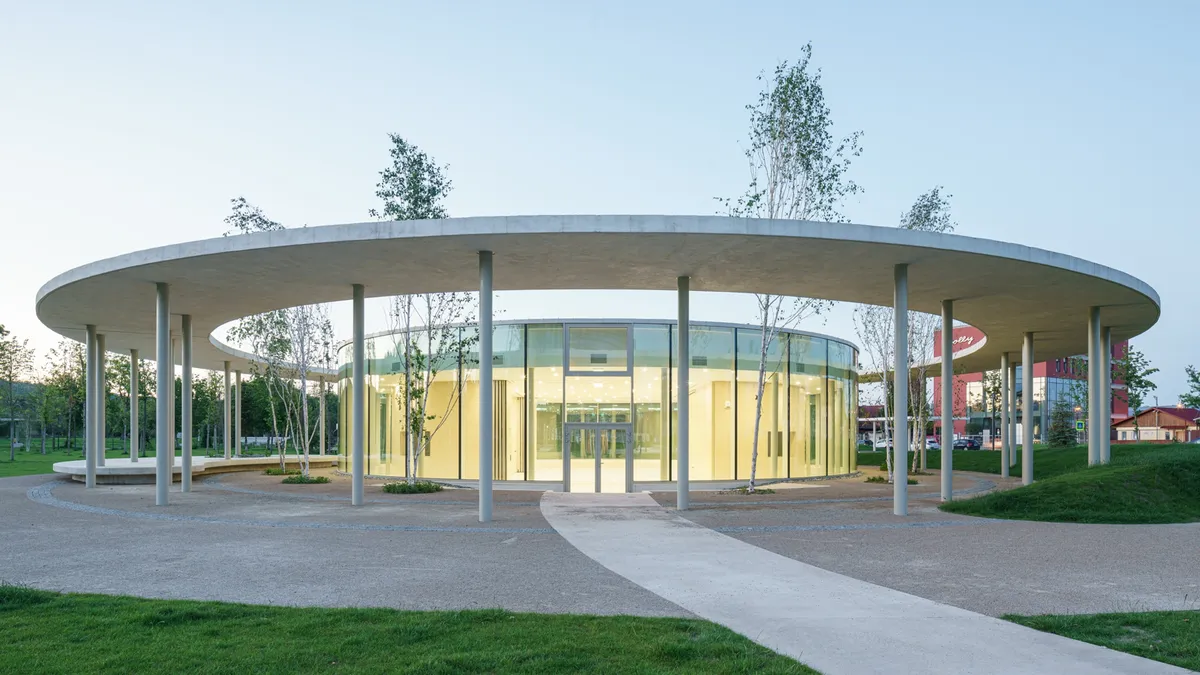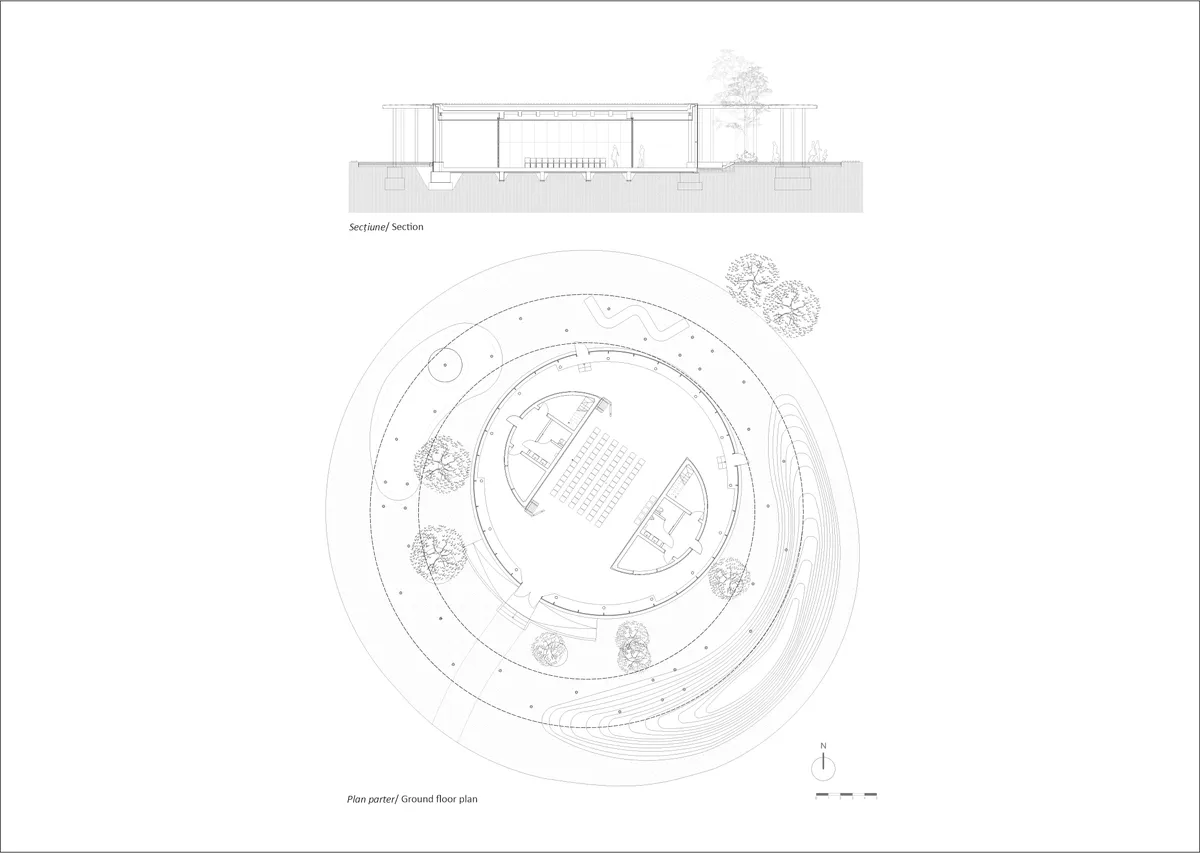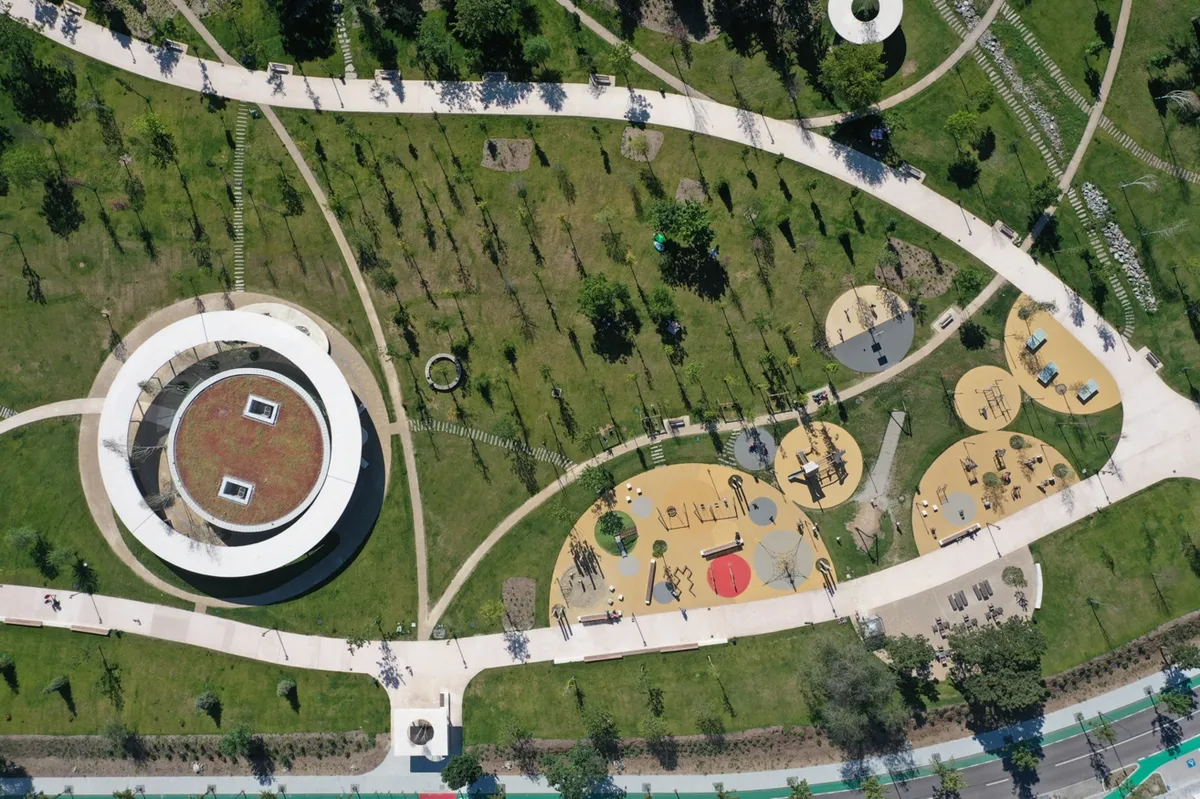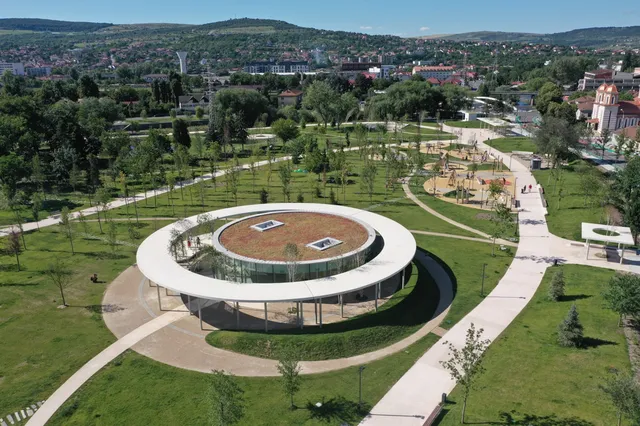
1/10

2/10

3/10

4/10

5/10

6/10

7/10

8/10

9/10

10/10
Built Space
Non-residential / New
S
Selected
0
votes of the public0
votes of the public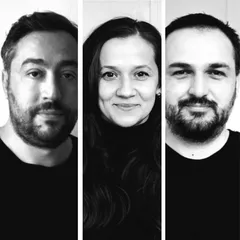
Author(s) / Team representatives
Vlad Sebastian Rusu, Octav Silviu Olănescu, Anamaria Olănescu
Profession
architect
Collective/office
Vlad Sebastian Rusu B.I.A., Studio 82 S.R.L.
Co-authors/team members
arh. Miruna Moldovan
External collaborators
ing. Ovidiu Rusu, ing. Mihai Stanus, ing. Paul Biriș
Project location
Cluj-Napoca, Romania
Budget in euros
680.000 eu
Usable area
393
Project start date
June 2021
Construction completion date
February 2024
Client
Municipality of Cluj-Napoca
Builder
Nordconforest S.A. Cluj-Napoca
Photo credits
Cosmin Dragomir, Vlad Sebastian Rusu
